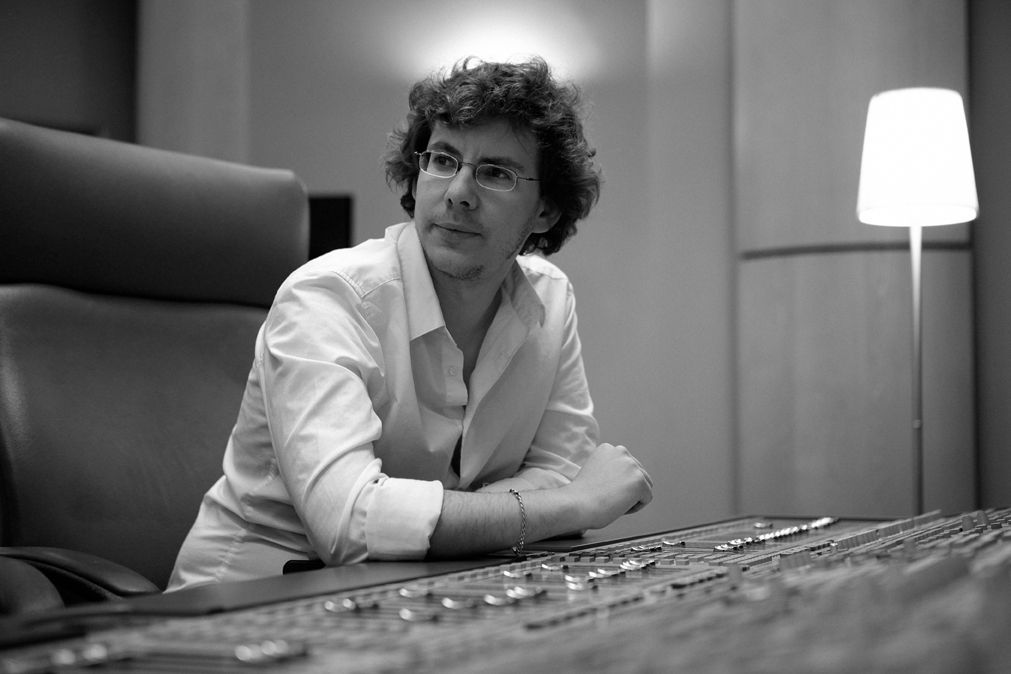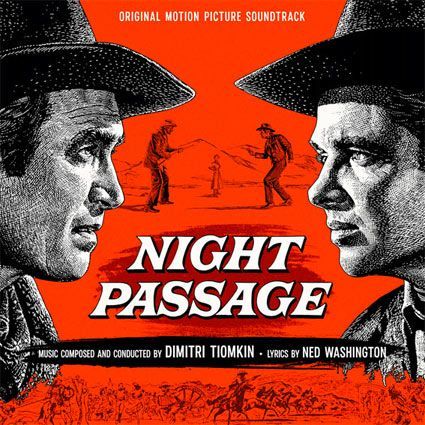Complete String Quartets

Label: CPO
Catalogue No: 999 420-2
Release Date: 1996
Total Duration:
2CDs: 52:55 + 37:53
UPC: 761203942022
Nomos-Quartett
What a contrast! A composer who had written more than one hundred film scores since 1934 who also wrote five string quartets. Well perhaps not that unusual: Rózsa wrote two, Alwyn three, Vaughan Williams two and Korngold three.
Rather as the Martinů symphonies which group imperfectly (the Sixth is from the early/mid-1950s) around the 1940s, Frankel's symphonies are predominantly products of the sixties. The five quartets come largely before the Symphonies with only the Fifth (and last) written after the First Symphony. It dates from between the Second and Third Symphonies.
The First Quartet is in four concise movements, together playing for the length of the average concert overture. It was written for the Blechs (as were all of the first three quartets) who were based at the London Contemporary Music Centre. The Blechs comprised Harry Blech (indelibly imprinted in my concert memory as a large man who for years conducted the London Mozart Players), Lionel Bentley, Keith Cummings and Douglas Cameron.
Clearly Frankel's credo was melody or, as he called it, 'that ineluctable stuff out of which music is constructed'. We can hear its importance to Frankel and its magnetic communicative power in the andante molto of the First and the Moderato tranquillo of the Second. Frankel's musical trajectory follows part of the parabola traced by Tippett. A large part of the Frankel language deployed in these quartets coincides really well with the line between the Tippett style of the Concerto for Double String Orchestra and that of the Corelli Fantasia. Frankel's writing for strings is rapt and saturatedly lyrical reminding the listener of the Schubert String Quintet (admittedly given a more modernistic knowing overlay in Frankel's case) and of Barber's String Quartet. There is no dearth of evidence. Try the lentos of No. 2 and No. 3 the latter marked misteriosamente. Other voices include Janáček and Bartók - the latter in the allegro assai of No. 2. Listen also to the opening measures of the allegro second movement of the Fifth Quartet.
Of course there are other voices too. Ardour and a brusque and bracing energy can be heard in the Fourth Quartet (which I 'learnt' from an old BBC tape by the Martin Quartet). This same quartet vibrates with freshly imagined ideas, central European sensibility, bustle and courtly elegance which fuses Tippett's busy rapture with the summer evenings and dances of Smetana and Rózsa.
It is interesting to note three brief micro-crystalline movements (one in No. 2 and two in No. 3) all of which are buzzingly energetic. The Allegretto malevolo is a devil's caprice of a piece with a husky chuntering figure that sounds like the rustling opening of Nielsen's Fifth Symphony.
The Frankel of the five string quartets is far more immediately welcoming than the Frankel of the eight symphonies which are touched with the 12-tone wand. The quartets are moderately dissonant but it is a soft moderation always empowered by melody and often no more challenging than the Tippett works mentioned above or in Tippett's late return to singing melody in the Triple Concerto of the early 1980s. That said, the Fifth Quartet is the toughest of the five; only to be expected given that it was written sixteen years after the Fourth.
The late Buxton Orr provided the notes which betray a composerly preference for musical technicality. CPO show their qualities by devoting 14 pages out of the 50 page booklet to handsomely rendered music examples - all Mr Orr's handiwork.
These are gloriously idiomatic performances as I can confirm having heard comparative recordings from, usually ancient, BBC radio broadcasts from the period 1955 to 1970. Quite distinct from that background, anyone hearing the Nomos will be gripped straightaway by their concentration and their passionate delivery.
Originally published @ MusicWeb International © 2002 / Text reproduced by kind permission



